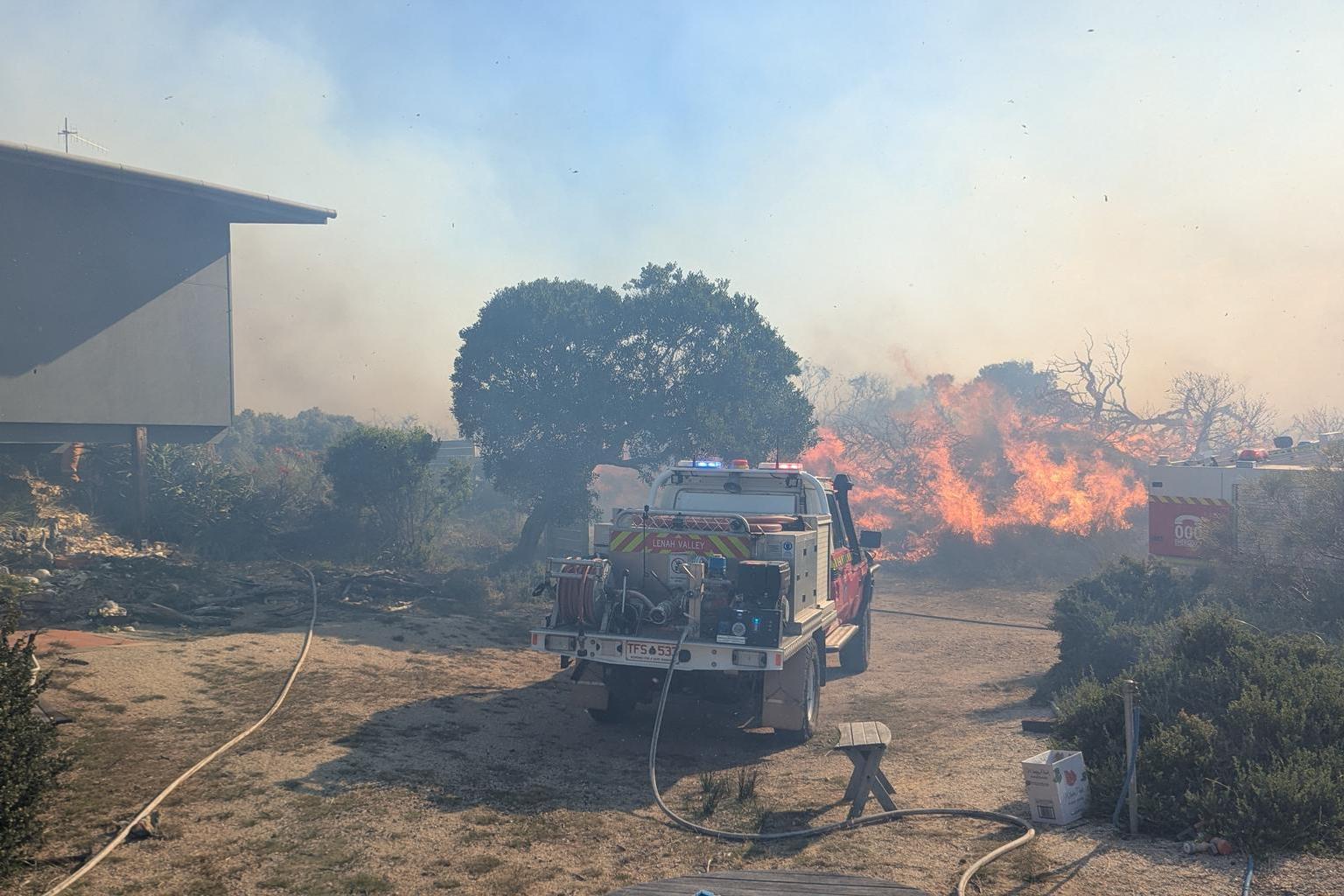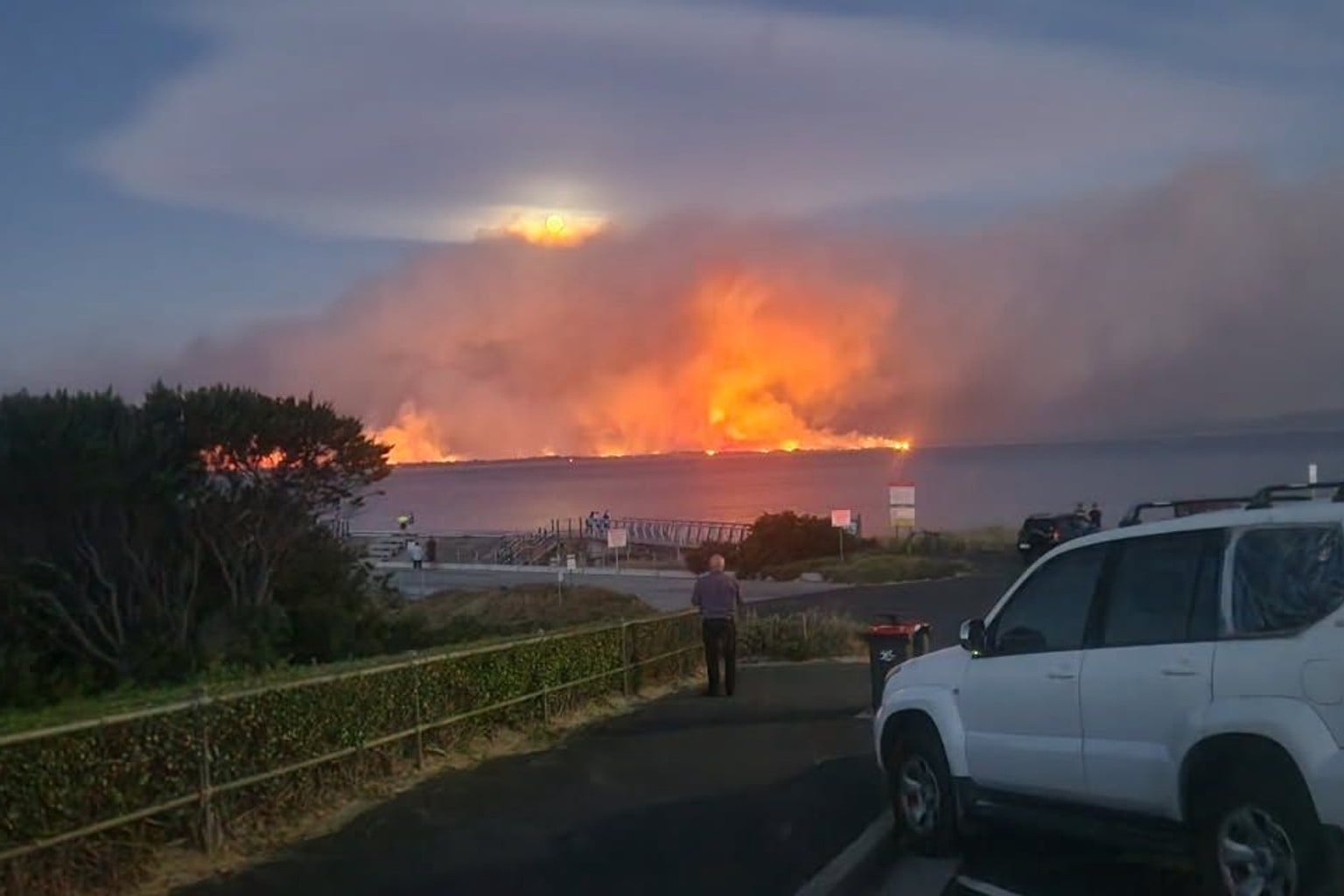Tasmanian salmon producers have promised to implement changes as they grapple with a mass mortality event that saw upwards of 1 million fish dumped last month.
Over 5,500 tonnes of salmon waste was discarded in February as an outbreak of the bacterial disease Piscirickettsia salmonis devastates fish populations in the state’s south.
Salmon Tasmania CEO Luke Martin said warmer summer conditions coupled with the disease were ultimately to blame.
“The reality is two factors beyond anyone’s control combined to create this unprecedented event,” he said.

“It’s been a concerning time for our surrounding communities and we apologise for the impact and want to assure everyone that we are doing everything to fix this and make changes for the future.”
Tasmania’s salmon industry, the most valuable in Australia, accounts for more than 90% of the country’s Atlantic salmon production.

It produced over 83,000 tonnes of salmon during the 2020-21 financial year.
Martin said the industry takes pride in raising healthy fish, but noted salmon were “not immune to the vagaries of our natural environment”.
“To say it’s been devastating and exhausting for our farmers and scientists is an understatement,” he said.
“This is still an evolving event, but we will of course be reviewing every element and will make changes in the future.”

The Environment Protection Authority (EPA) has confirmed that the bacteria responsible poses no risk to humans, wild fish or the broader environment.
The agency is continuing to monitor the situation and is investigating the circumstances surrounding the mass mortality event.







